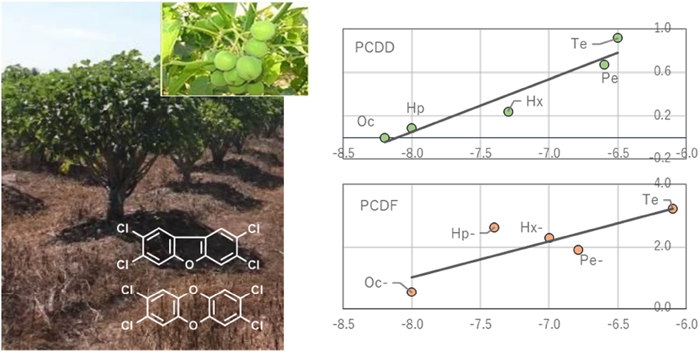- J-STAGE home
- /
- Environmental Monitoring and C ...
- /
- Volume 1 (2021)
- /
- Article overview
-
Masafumi NAKAMURA
Hiyoshi Corporation [Japan]
-
Isao WATANABE
Ehime University [Japan]
-
Yuko UEDA
Ehime University [Japan]
-
Katsuhisa HONDA
Ehime University [Japan]
-
Hue NGUYEN Thi Minh
Analytical Laboratory for Environment, Dioxin and Toxins, Northern Center for Environmental Monitoring [Viet Nam]
-
Minh NGUYEN Hung
Department of Climate Change, Ministry of Natural Resources and Environment [Viet Nam]
-
Nam VU Duc
Graduate University of Science and Technology, Vietnam Academy of Science and Technology [Viet Nam]
-
Trung NGUYEN Quang
Graduate University of Science and Technology, Vietnam Academy of Science and Technology [Viet Nam]
-
Thao PHAM Thi Phuong
Graduate School of Engineering, Osaka Prefecture University [Japan]
-
Norimichi TAKENAKA
Graduate School of Engineering, Osaka Prefecture University [Japan]
-
Kiyoshi IMAMURA
Corresponding author
 https://orcid.org/0000-0003-4163-116X
https://orcid.org/0000-0003-4163-116X
Research Organization for University-Community Collaborations, Osaka Prefecture University [Japan] -
Boi LUU Van
Faculty of Chemistry, Vietnam National University [Viet Nam]
-
Yasuaki MAEDA
Research Organization for University-Community Collaborations, Osaka Prefecture University [Japan]
2021 Volume 1 Pages 66-74
- Published: 2021 Received: March 12, 2021 Available on J-STAGE: July 31, 2021 Accepted: May 30, 2021 Advance online publication: - Revised: -
(compatible with EndNote, Reference Manager, ProCite, RefWorks)
(compatible with BibDesk, LaTeX)


